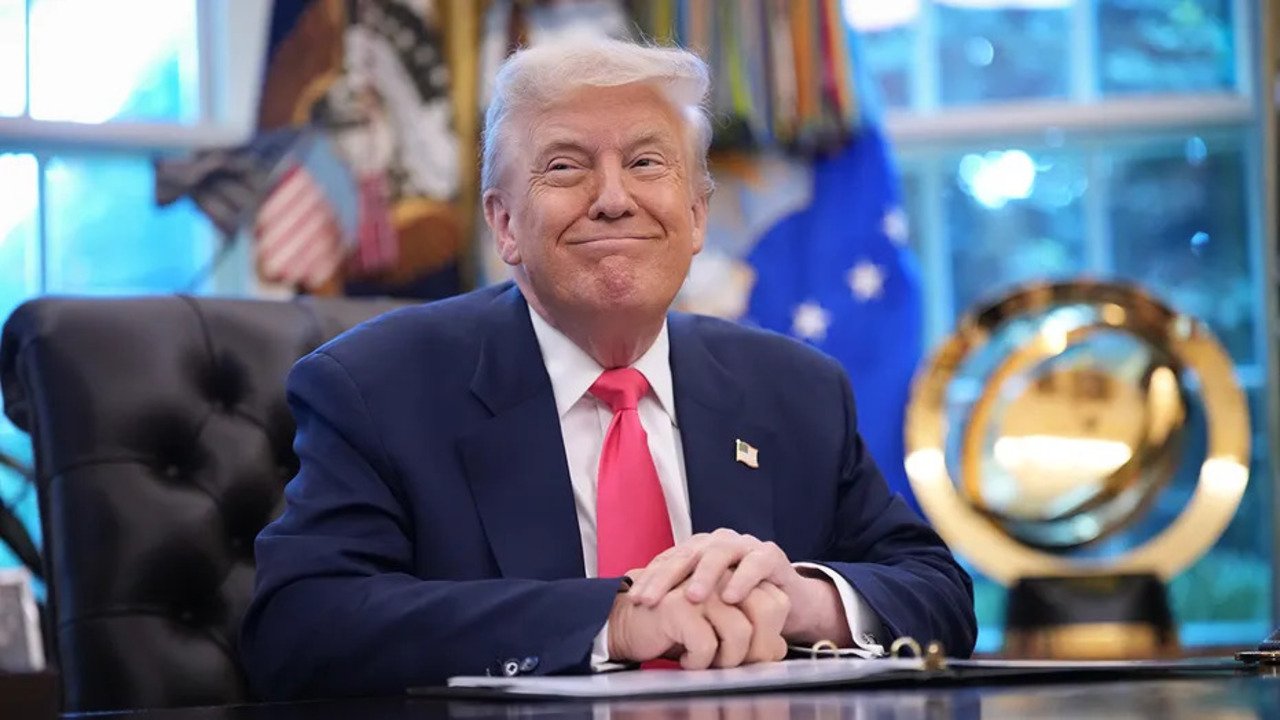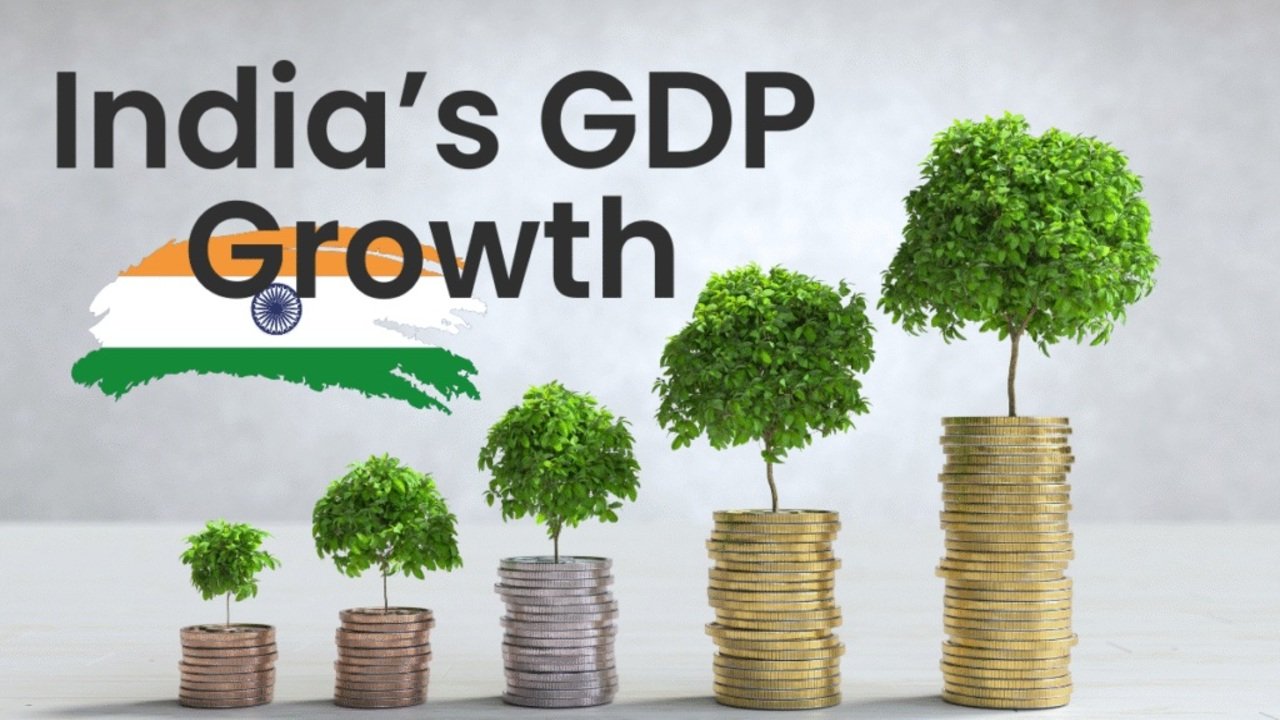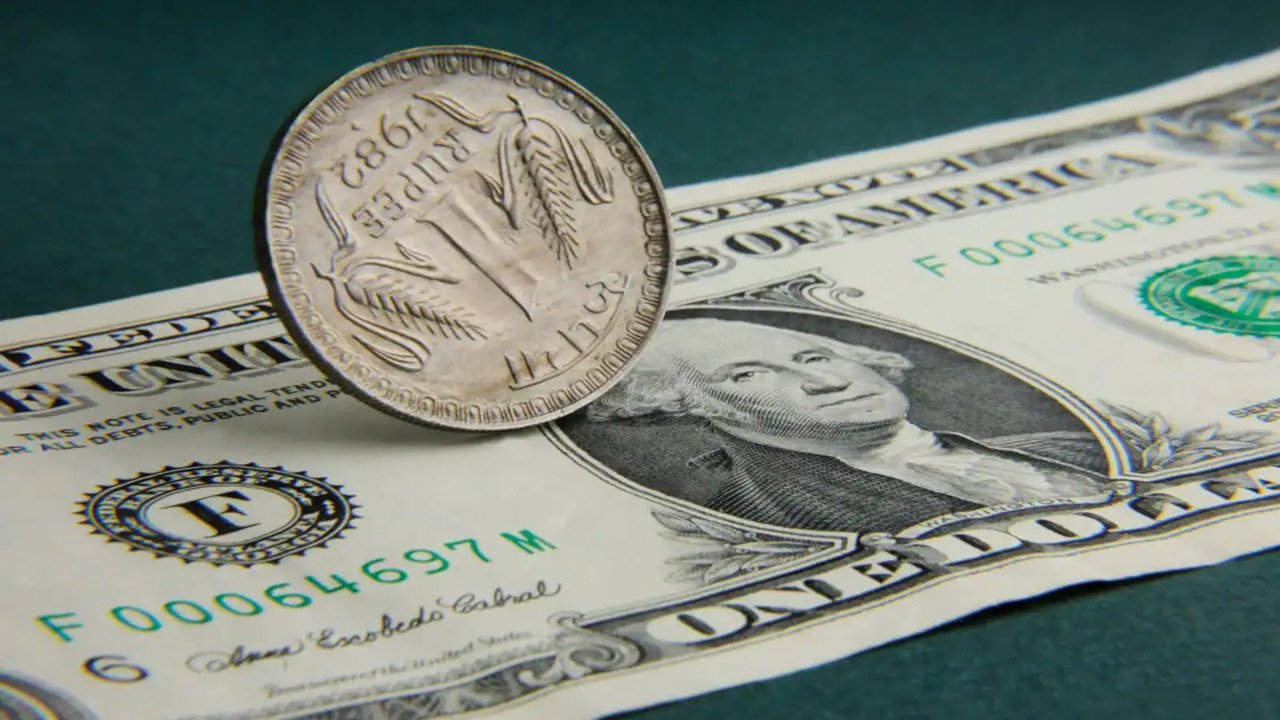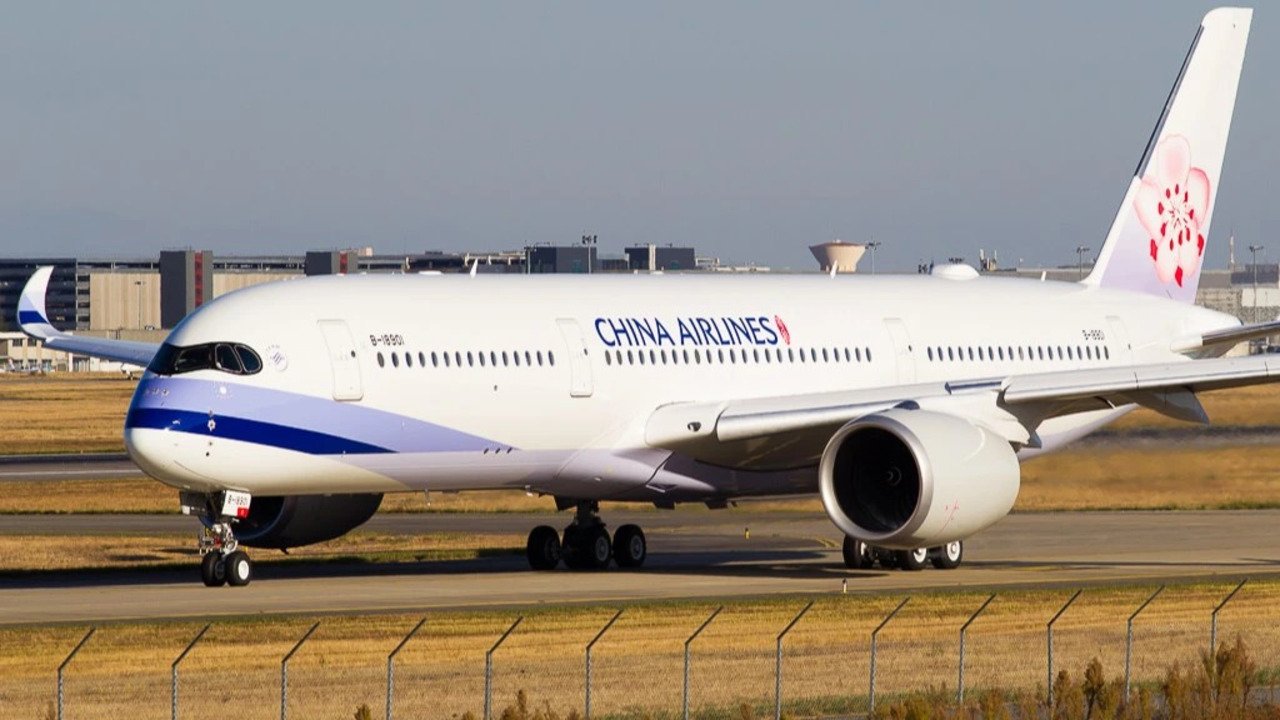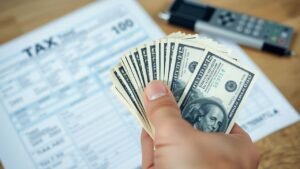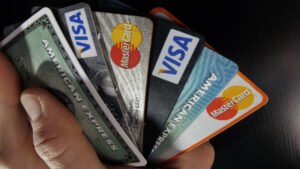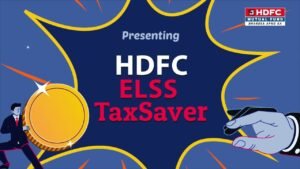Trump’s Economic Policies: A Look Back and Ahead 2025.
Looking back at Donald Trump’s time in office and thinking about what might come next, it’s clear his economic policies sparked a lot of talk. People have strong feelings about them, with some seeing disaster and others seeing a path to big success.
Thank you for reading this post, don't forget to subscribe!We’re going to break down what happened and what could happen, focusing on the main ideas that shaped his approach to the economy. It’s a mixed bag, really, with good points and bad points, and a lot of questions still unanswered.
Key Takeaways
- Trump’s Economic platform includes tariffs, tax cuts, deregulation, and immigration changes, with varied opinions on their actual impact.
- Tariffs were a central part of his strategy, aimed at reducing trade deficits and using as a bargaining tool, though their long-term effect on deficits is debated.
- The 2017 tax cuts and deregulation efforts were seen by some as boosting business confidence and economic activity, but also added to the deficit.
- Unemployment rates were low during much of his first term, but job growth in manufacturing didn’t fully reverse past declines.
- Future economic outcomes under Trump are uncertain, with potential risks stemming from policy shifts, mass deportations, and the politicization of government.
Analyzing Trump’s Economic Policies: A Look Back and Ahead
So, Donald Trump’s Economic is back in the White House, and everyone’s talking about his economic plans. It’s a bit like looking at a weather forecast after a storm – some people see sunshine, others expect more clouds. His first term had its ups and downs, and his second go-around promises more of the same, with a few new twists. We’re going to break down what we saw before and what might be coming next.
Assessing The Impact of Trump’s Economic Policies
Looking back, Trump’s Economic approach was a mix. On one hand, things like tax cuts and cutting regulations seemed to give businesses a shot in the arm, boosting confidence. But then there were the tariffs, especially on China, which definitely shook things up in global trade. It’s hard to say definitively if the good outweighed the bad, or vice versa. The economy kept growing, sure, but there were definitely some choppy waters.
Economic Outlook Under Trump 2.0
What does the future hold? Well, the economy right now is pretty solid, with decent growth and jobs. But Trump’s Economic promises, like those big tariffs and changes to immigration, could really change the game. It’s tough to predict exactly how it will all play out. Will we see more growth, or will these policies create new problems? It’s a real question mark.
Key Pillars of Trump’s Economic Platform
When we talk about Trump’s economic platform, a few things always come up. There’s the focus on trade, often involving tariffs. Then there are the tax cuts, which he wants to keep going. Deregulation is another big one, aiming to make it easier for businesses to operate. And, of course, there’s the approach to immigration, which has significant economic implications.
- Trade Policy: Expect continued focus on tariffs and renegotiating trade deals.
- Taxation: A push to make the 2017 tax cuts permanent.
- Regulation: Further efforts to reduce government rules on businesses.
- Immigration: Potential for significant policy changes impacting the labor force.
The actual policies implemented might end up being less extreme than what’s said on the campaign trail. It’s a common pattern, and it means the real-world economic effects could be more moderate than the most dramatic predictions suggest.
Trade and Tariffs: A Central Tenet
Trade and tariffs were a really big deal during Trump’s presidency, almost like his signature move. He talked about tariffs constantly, calling them ‘the most beautiful word in the dictionary.’ It wasn’t just talk, either. He actually put tariffs on a bunch of goods, especially from China, but also from places like Canada and Mexico. The idea was to make American businesses more competitive and bring jobs back home.
The Role of Tariffs in Trump’s Economic Strategy
Trump’s Economic saw tariffs as a powerful tool, not just for economic reasons but also for political ones. He believed they could be used as a way to get other countries to negotiate better trade deals for the U.S. It was like a bargaining chip. He threatened all sorts of tariffs, from a broad 10 percent on everything coming into the country to much higher ones on specific countries like China. The actual tariffs imposed were often modified, and there were exceptions granted, which made things complicated.
- Targeted Tariffs: Applied to specific industries and countries (e.g., steel and aluminum).
- Across-the-Board Tariffs: Applied to all goods from particular countries (e.g., China, Mexico, Canada).
- Universal Tariffs: A proposed 10 percent tariff on all imports from all countries.
The administration’s approach to tariffs was often unpredictable, with frequent threats of new levies and modifications to existing ones. This created a climate of uncertainty for businesses operating in global supply chains.
Impact of Tariffs on Trade Deficits
One of the main goals Trump had was to shrink the U.S. trade deficit, meaning he wanted the U.S. to export more than it imported. However, the tariffs didn’t really achieve this. In fact, the trade deficit actually got bigger during his term. While some companies might have brought a little bit of production back to the U.S., it wasn’t enough to make a big difference overall. The tariffs also messed with global supply chains, making it harder and more expensive for businesses to get the parts they needed.
Tariffs as Negotiating Leverage
Trump’s Economic often used the threat of tariffs as a way to force other countries to the negotiating table. He seemed to think that by imposing or threatening tariffs, he could get countries like China, Mexico, and Canada to agree to new trade terms that he felt were more favorable to the United States. It was a high-stakes game of chicken. The idea was that the economic pain caused by the tariffs would push other nations to make concessions. However, this strategy also led to retaliatory tariffs from other countries, which hurt American exporters and consumers alike. The projected cost to U.S. households could be significant, with estimates suggesting an increase in taxes by nearly $1300 per household by 2025 due to these trade disputes [3e4a].
- Tariffs were intended to reduce trade deficits, but the deficit widened.
- Retaliation from other countries led to higher costs for U.S. exporters.
- The overall economic impact was disruptive, affecting business confidence and investment.
Tax Cuts and Deregulation: Stimulating Growth
The 2017 Tax Cuts and Their Economic Effects
The Tax Cuts and Jobs Act of 2017 was a pretty big deal, aiming to reshape the U.S. tax code. It brought down corporate tax rates significantly, from 35% to 21%, and also adjusted individual income tax brackets. The idea was that lower taxes for businesses would encourage investment and job creation, while cuts for individuals would boost consumer spending.
The immediate aftermath saw a noticeable uptick in business confidence. Many companies reported feeling more optimistic about the future, which seemed to translate into increased investment. For instance, business investment spending saw some healthy gains in areas like technology and equipment. Real GDP growth also accelerated in the period following the tax cuts. However, it’s worth noting that these cuts were not deficit-neutral as initially proposed; they ended up adding to the national debt.
Here’s a quick look at some of the reported effects:
- Corporate Tax Rate Reduction: Dropped from 35% to 21%.
- Individual Tax Changes: Adjusted brackets and increased the standard deduction.
- Business Investment: Saw a rise in the period after enactment.
- GDP Growth: Accelerated compared to previous years.
The economic landscape shifted following the tax reform, with businesses expressing increased optimism. This sentiment appeared to correlate with a rise in investment and a boost to overall economic growth.
Deregulation’s Influence on Business Confidence
Beyond tax policy, the Trump administration made a concerted effort to roll back regulations across various sectors. The thinking here was that fewer rules would mean lower costs for businesses, making it easier and cheaper to operate, expand, and hire. This push for deregulation was seen as a significant signal to the business community.
Surveys from groups like the National Federation of Independent Businesses (NFIB) showed a marked decrease in concerns about government regulations during this period. Businesses often cited a perception of a less burdensome environment, which seemed to encourage investment. This was particularly evident in industries like energy, where rules for oil and gas drilling were eased, and in the automotive sector, with potential changes to emissions standards. The administration also looked at streamlining processes in areas like pharmaceuticals and housing construction. The general sentiment was that reducing regulatory hurdles would spur economic activity. You can find more information on the administration’s approach to regulatory relief at the Trump Administration’s regulatory efforts.
Extending Tax Cuts: Potential Benefits and Drawbacks
Looking ahead, the debate around extending the 2017 tax cuts, particularly the individual provisions set to expire after 2025, is a major point of discussion. Making these cuts permanent could offer continued tax relief for individuals and businesses. For companies, extending favorable provisions like those for research and development or factory construction could provide more certainty for long-term planning.
However, there’s a significant cost associated with these extensions. Estimates suggest that making the tax cuts permanent could add trillions to the national debt over the next decade. This raises questions about fiscal sustainability and potential impacts on inflation or interest rates. For example, a broad tariff increase, which was also part of the economic strategy, has been shown to raise prices for consumers. The decision on whether to extend these tax cuts involves weighing the potential economic stimulus against the fiscal implications. Businesses will need to closely monitor these developments as they plan their strategies, especially considering the potential policy shifts that could affect everything from energy investments to international tax structures. The timing of investment decisions could be significantly impacted by the continuation or expiration of these tax incentives.
Labor Markets and Job Creation
Unemployment Rates During Trump’s First Term
When Donald Trump took office, the unemployment rate was already pretty low, but it kept dropping during his first term. It hit levels we hadn’t seen in decades. This downward trend in joblessness was a major talking point for his administration. Of course, the COVID-19 pandemic completely changed things in his final year, causing unemployment to spike dramatically. It’s interesting to see how the job market performed before and during that unprecedented disruption.
Job Growth and Manufacturing Revival
One of Trump’s Economic big promises was to bring manufacturing jobs back to America. He talked a lot about making the U.S. a manufacturing powerhouse again. While there was some growth in manufacturing jobs, it didn’t quite keep pace with the overall job market expansion. The auto industry was often mentioned as a sector that would lead this revival. Production numbers for cars and light trucks were decent, but not record-breaking compared to earlier periods.
Impact of Immigration on the Labor Force
The role of immigrants in the labor force is a complex topic. Generally, immigrants, regardless of their legal status, tend to contribute to the economy by taking jobs, earning money, and spending it. This can help boost overall labor productivity over time. However, proposals for large-scale deportations raise questions about the potential economic impact. While campaign talk might suggest massive changes, the practicalities, costs, and legal hurdles of deporting large numbers of people mean the actual effects might be less extreme than some predict. It’s a balancing act between policy goals and economic realities.
The idea of bringing back manufacturing jobs is appealing, but the global economy has shifted. Automation and changes in supply chains mean that simply bringing back old factory jobs isn’t always straightforward. Plus, the skills needed for modern manufacturing are different from those of the past. It’s a challenge that requires looking at training and adapting to new technologies, not just policy changes.
Inflation and Cost of Living Concerns
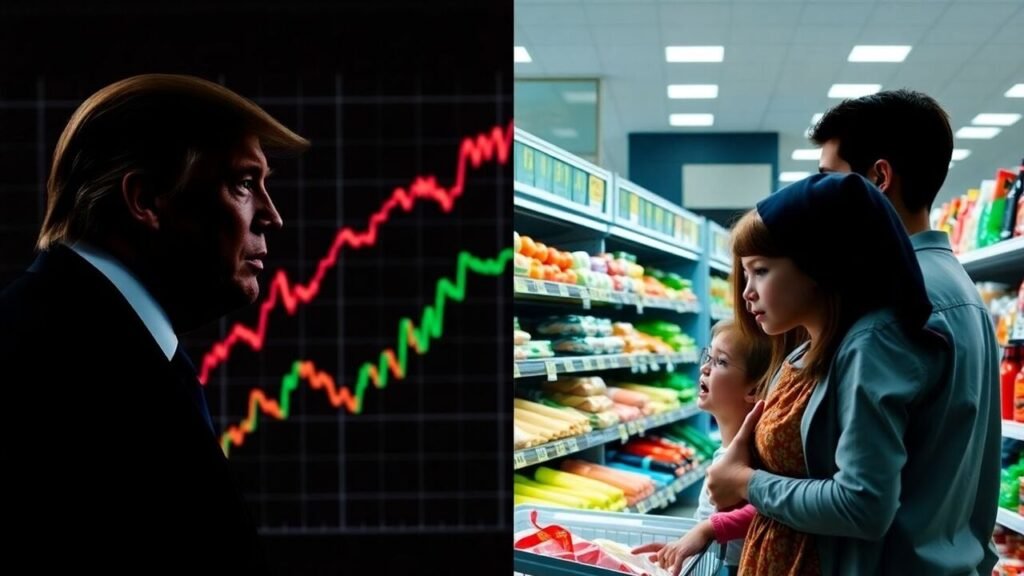
Tracking Inflation Trends Under Trump
When we look back at the Trump years, the picture on inflation is a bit mixed. While the tariffs he put in place were supposed to help American businesses, a lot of economists think they actually ended up costing consumers more. Basically, the cost of imported goods went up, and those higher prices got passed on to us. Some studies suggest that these tariffs didn’t really help the factories they were meant to protect, because they also had to pay more for their own supplies and faced retaliatory tariffs from other countries. It’s like a domino effect, but for prices.
Real Earnings and Purchasing Power
So, what does this mean for your wallet? If prices go up faster than your paycheck, your money doesn’t stretch as far. This is what we call a hit to purchasing power. Even if people were getting raises, if the cost of everyday stuff like groceries and gas was climbing even faster, it felt like you were falling behind. The real earnings, which account for inflation, are what really matter for how well people can afford things.
Potential for Increased Inflationary Pressures
Looking ahead, there’s always a question about whether policies could push prices up. Things like increasing oil production, which has been talked about, could theoretically help keep gas prices down. But then you have other policies, like tariffs, that economists generally agree tend to make things more expensive. It’s a balancing act, and different policies can pull prices in opposite directions. If tariffs are brought back or increased, it’s a pretty safe bet that we’ll see some upward pressure on the cost of goods.
The impact of tariffs on inflation is a complex issue. While they might be intended to protect domestic industries, the reality often involves higher costs for consumers and businesses, potentially leading to broader price increases across the economy. This can erode the purchasing power of households, especially those with lower incomes who spend a larger portion of their budget on goods.
Uncertainty and Risks in Economic Projections

The Disconnect Between Campaign Pledges and Policy
Trump’s Economic When we look back at the first Trump administration, it’s pretty clear that what was said on the campaign trail didn’t always match up with what actually happened with policy. It’s like planning a big road trip and then deciding halfway through to take a detour through a corn maze – unexpected, right? This makes it tough to predict what a “Trump 2.0” economic plan might really look like. Promises of massive tax cuts or sweeping tariffs are one thing, but the actual implementation can get complicated, influenced by Congress, global events, or even just a change of heart. We saw this with tariffs; the initial broad strokes on paper didn’t always translate into the exact policies enacted.
Risks Associated with Mass Deportation
One of the more talked-about proposals is the idea of mass deportations. From an economic standpoint, this isn’t just a logistical challenge; it’s a potential shock to the system. Think about the labor force – many sectors rely on immigrant workers. Suddenly removing a significant portion of that workforce could lead to labor shortages, impacting everything from agriculture to construction. It could also affect consumer demand if fewer people are earning and spending. The scale of such an operation is immense, and the economic ripple effects are hard to fully map out.
Long-Term Implications of Governance Agenda
Beyond specific policies like taxes or trade, there’s a broader question about the long-term direction of governance and its economic impact. A focus on deregulation, for instance, can be seen as a way to spur business, but it also raises questions about environmental protections, worker safety, and financial oversight. If regulations are significantly rolled back, the immediate boost to some businesses might come with longer-term costs related to public health or environmental damage. Similarly, changes to federal bureaucracy and efficiency could streamline processes, but a rushed or poorly planned overhaul could create new problems. It’s a balancing act, and the long-term consequences of these shifts are often the most uncertain part of any economic forecast.
- Policy Specificity: The exact details and timing of proposed economic actions remain vague, making precise forecasting difficult.
- Labor Market Disruption: Large-scale immigration policy changes could significantly alter the available workforce.
- Regulatory Environment: Shifts in deregulation could have both positive short-term effects for businesses and potential long-term societal costs.
- Global Relations: Trade policies and international agreements can change rapidly, impacting supply chains and market access.
Looking Back and Moving Forward
So, what’s the final word on Trump’s economic playbook? It’s complicated, for sure. We saw some ups and downs during his first term, with tax cuts and deregulation giving a boost, but tariffs causing some friction. Now, as he steps back into the political arena, the promises are big – think a booming economy and jobs galore. But the reality? It’s likely to be a mix. Some policies might help certain areas, while others could bring new challenges, like those tariffs or changes to immigration. The economy he’s stepping into is pretty solid right now, but how his actions will shape things going forward is still a big question mark. We’ll be watching the numbers closely to see how it all shakes out.
Frequently Asked Questions
What were the main economic ideas Donald Trump focused on during his presidency?
During his time as president, Donald Trump’s Economic really focused on a few key economic ideas. He often talked about using tariffs, which are like taxes on imported goods, to help American businesses and bring down trade deficits. He also pushed for tax cuts, believing they would encourage companies to invest more and create jobs. Another big part of his plan was reducing government rules and regulations, thinking it would make it easier for businesses to operate and grow.
How did Trump’s tariffs affect trade and the economy?
Trump’s use of tariffs, especially on goods from China, was a big part of his economic strategy. The idea was to make foreign goods more expensive, encouraging people to buy American products instead. While tariffs did bring in some money for the government and might have helped certain industries, they also led to higher prices for consumers and caused disagreements with other countries. It’s a bit of a mixed bag – some areas might have seen benefits, but others faced challenges.
What was the impact of the 2017 tax cuts?
The tax cuts passed in 2017 lowered taxes for both individuals and corporations. Supporters argued this would boost the economy by giving businesses more money to invest and hire. Some studies showed that business confidence and investment did increase for a while after the cuts. However, critics pointed out that the cuts also added to the national debt and that the benefits weren’t spread evenly, with higher earners often seeing the biggest advantages.
How did the job market perform under Trump’s presidency?
During much of Trump’s first term, the job market looked quite strong. The unemployment rate dropped to very low levels, reaching lows not seen in many years. Job growth was steady for a good period. However, it’s important to remember that the economy was already on a decent track when he took office, and the end of his term was heavily impacted by the COVID-19 pandemic, which caused a huge spike in unemployment.
What are the concerns about inflation and the cost of living?
Inflation, or the general rise in prices, was a big topic, especially after the pandemic. While inflation was lower during most of Trump’s first term, concerns grew about it potentially rising. When prices go up faster than people’s wages, it becomes harder for families to afford everyday things. Trump promised to bring down costs, but making prices fall consistently is a tough challenge for any president.
How predictable are economic forecasts when Trump is involved?
Predicting the economy under Trump can be tricky because his approach often involves unexpected shifts. Sometimes, what he promises during campaigns doesn’t exactly match the policies he puts in place once he’s in office. This creates a level of uncertainty for businesses and markets. Also, his plans, like potentially deporting many immigrants or imposing widespread tariffs, carry big risks that are hard to fully predict the outcome of.
